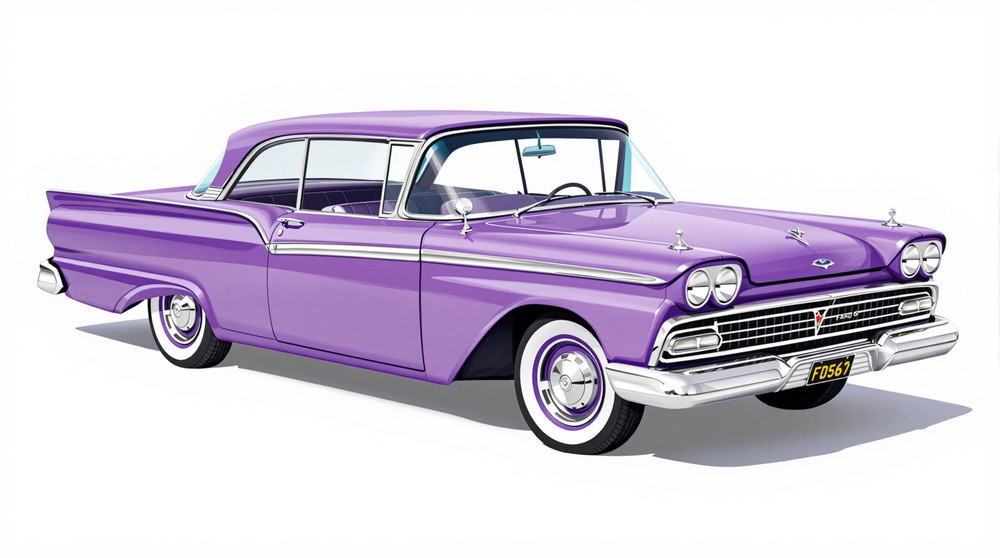Image of 1960 Ford Club, Note: These illustrations use artistic license and may differ from actual historical models.
Performance Metrics
Fundamental Metrics
Emotional Appeal
MMP Rating
| Engine Specifications | |
|---|---|
| Engine: | 223 CID Inline-6, 292 CID V8, 352 CID V8 |
| Displacement: | 223-352 cubic inches |
| Horsepower: | 145-300 hp |
| Torque: | 212-381 lb-ft |
| Compression Ratio: | 8.4:1 - 8.9:1 |
| Ignition System: | Conventional breaker-point ignition system |
| Cooling System: | Liquid-cooled |
| Performance Specifications | |
| 0-60 Time: | Estimated 10-12 seconds |
| 1/4 Mile Time: | Estimated 17-19 seconds |
| Top Speed: | 105-115 mph |
| Transmission and Drive | |
| Drive Type: | Rear-wheel drive |
| Transmission Type: | 3-speed manual, 3-speed automatic |
| Fuel and Efficiency | |
| Fuel System Type: | Carburetor |
| MPG: | Estimated 10-15 mpg |
| Dimensions and Brakes | |
| Brakes: | Drum brakes |
| Wheelbase: | 119 inches |
| Weight: | 3500-4000 lbs |
Note: Specifications for classic cars are given to the best of our ability, considering the limited and variant data available.
Unveiling the Charm of the 1960 Ford Club
The dawn of the 1960s brought with it a fresh wave of automotive innovation and style, epitomized by the 1960 Ford Club. This vehicle, a product of the Ford Motor Company's relentless pursuit of excellence, emerged as a symbol of American culture and engineering prowess. The Ford Club was not just another car on the road; it was a statement—a testament to the era's optimism and the enduring legacy of its manufacturer.
Amidst an age dominated by space exploration and cultural revolutions, the 1960 Ford Club carved its niche. It stood out for its unique blend of luxury and performance, a combination that was relatively uncommon at the time. One particularly intriguing fact about this model is that it shared many components with its sibling, the illustrious Ford Thunderbird, giving it an air of prestige uncommon in family cars.
Design and Innovation
The exterior styling of the 1960 Ford Club was a harmonious blend of sleek lines and subtle curves, exuding an elegance that was both understated and commanding. The car's long body and distinctive tailfins mirrored the jet-age influence that pervaded design trends of the time. Inside, passengers were greeted by an interior that showcased Ford's commitment to comfort and quality. Upholstery options ranged from practical vinyl to luxurious fabrics, ensuring a premium experience for every occupant.
Technologically, the Ford Club was ahead of its time, featuring innovations such as an optional Cruise-O-Matic transmission and power-assisted steering. Color options for this model were diverse, with Monte Carlo Red and Corinthian White being among the popular choices that added to its visual appeal. The two-door Club Sedan was particularly iconic, capturing hearts with its balanced proportions and functional elegance.
Historical Significance
The 1960 Ford Club's impact on automotive design cannot be overstated. It helped set a new standard for full-sized American cars, blending performance with luxury in a way that would influence models for years to come. Its design cues can be seen echoed in subsequent generations of vehicles across various manufacturers.
Performance and Handling
Underneath its hood, the 1960 Ford Club boasted an engine capable of delivering smooth yet potent performance. While top speed figures were impressive for its time, it was the car's acceleration—capable of reaching 0-60 mph in respectable seconds—that truly demonstrated its spirited nature. On the road, drivers appreciated its poised handling over bumps and responsiveness on windy roads. The roar of its V8 engine provided an acoustic backdrop to an exhilarating driving experience.
Ownership Experience
The 1960 Ford Club served multiple roles—from a reliable daily driver to a cherished show car or even a weekend racer for enthusiasts. Its maintenance was straightforward enough for average owners to manage, while reliability remained one of its strong suits. However, like any classic car, it required care and attention to preserve its condition over time.
Fun Facts
This classic has seen its fair share of limelight with rare editions that enthusiasts seek out fervently. While celebrity ownerships have added to its allure, it's also worth noting any criticisms it faced—such as being overshadowed by more flamboyant models of its era.
Collector's Information
In today's market, a well-preserved 1960 Ford Club can fetch a wide range of values depending on condition and originality. With thousands produced during its run, rarity varies by model trim and options. Over time, this vehicle has generally appreciated in value as collectors seek to add this slice of Americana to their garages.
Conclusion
The 1960 Ford Club stands as more than just a relic from another era—it is a rolling testament to an age where style met substance on America's highways. Its legacy endures not only in the collector circles but also in how it shaped automotive trends for decades to come.
1960 Ford Club Catalog of Parts
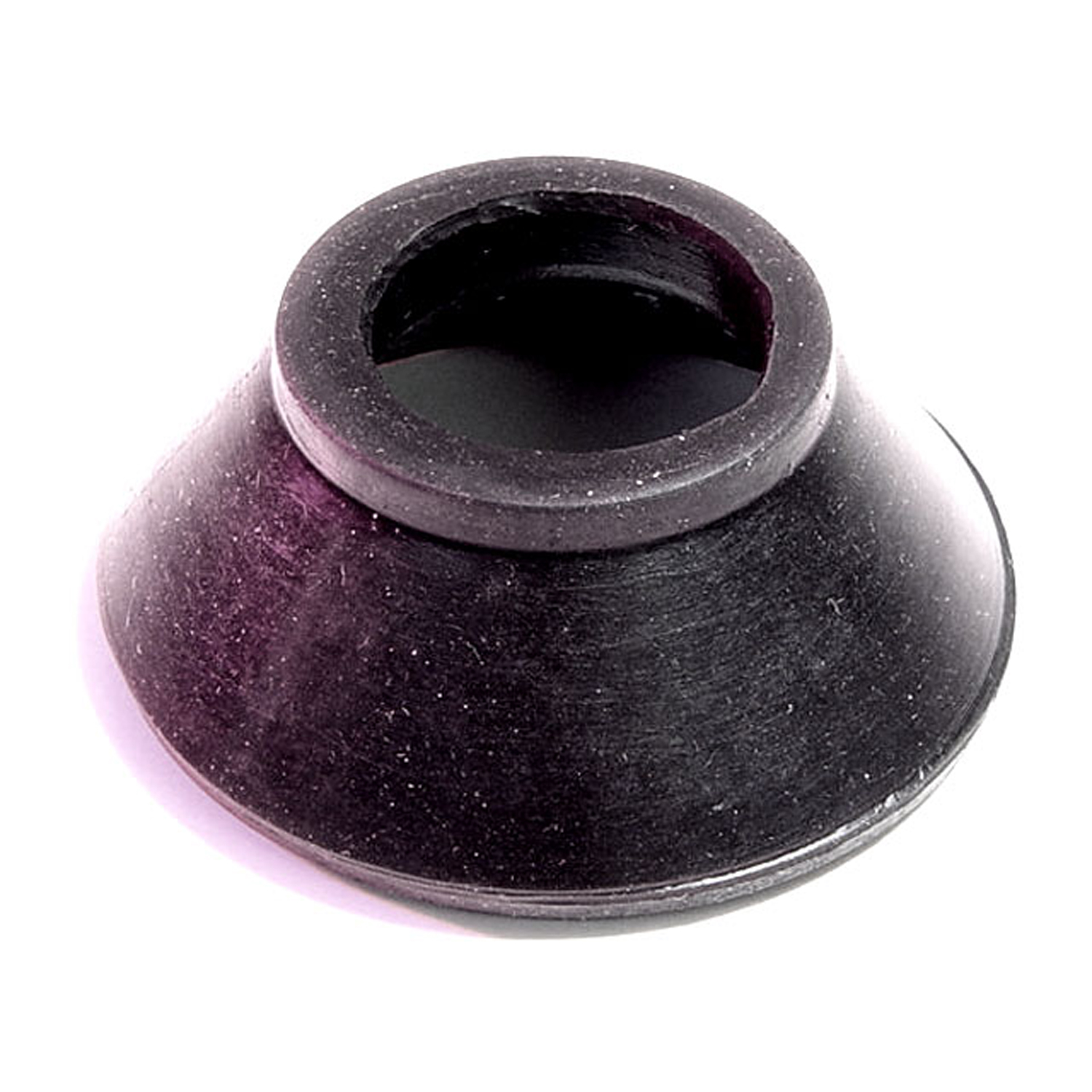 1960 Ford Club Suspension Ball Joint Dust Seal. 3/4" top I.D-BN 101-BSuspension Ball Joint Dust Seal. 3/4" top I.D., 1-11/16" bottom O.D., 3/4" high. For some rare models. Check dimensions against original. Each
1960 Ford Club Suspension Ball Joint Dust Seal. 3/4" top I.D-BN 101-BSuspension Ball Joint Dust Seal. 3/4" top I.D., 1-11/16" bottom O.D., 3/4" high. For some rare models. Check dimensions against original. Each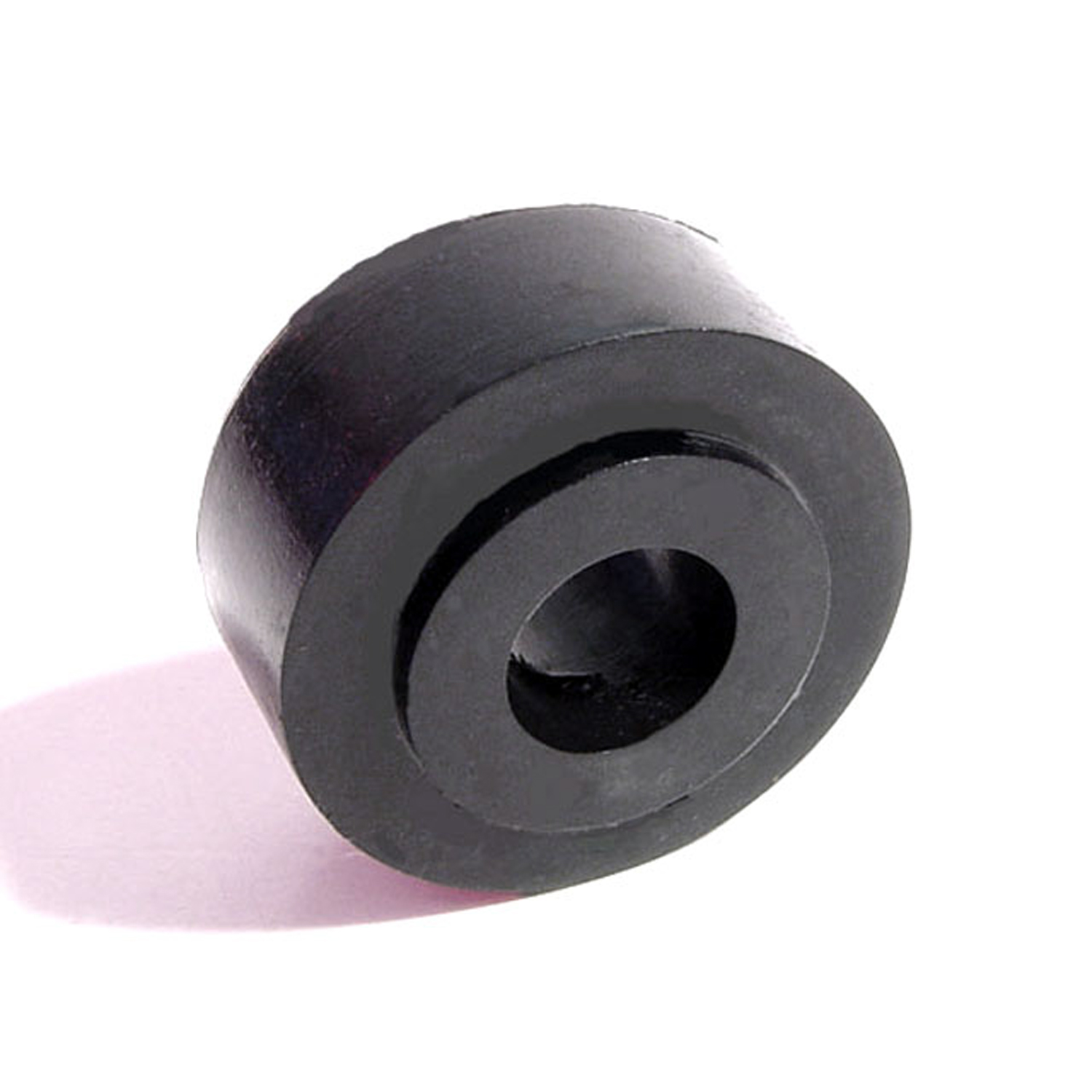 1960 Ford Club Shock Absorber Grommet. 1-1/4" bottom O.D., 1" high-BN 12Shock Absorber Grommet. 1-1/4" bottom O.D., 1" high., with 3/4" I.D. Each
1960 Ford Club Shock Absorber Grommet. 1-1/4" bottom O.D., 1" high-BN 12Shock Absorber Grommet. 1-1/4" bottom O.D., 1" high., with 3/4" I.D. Each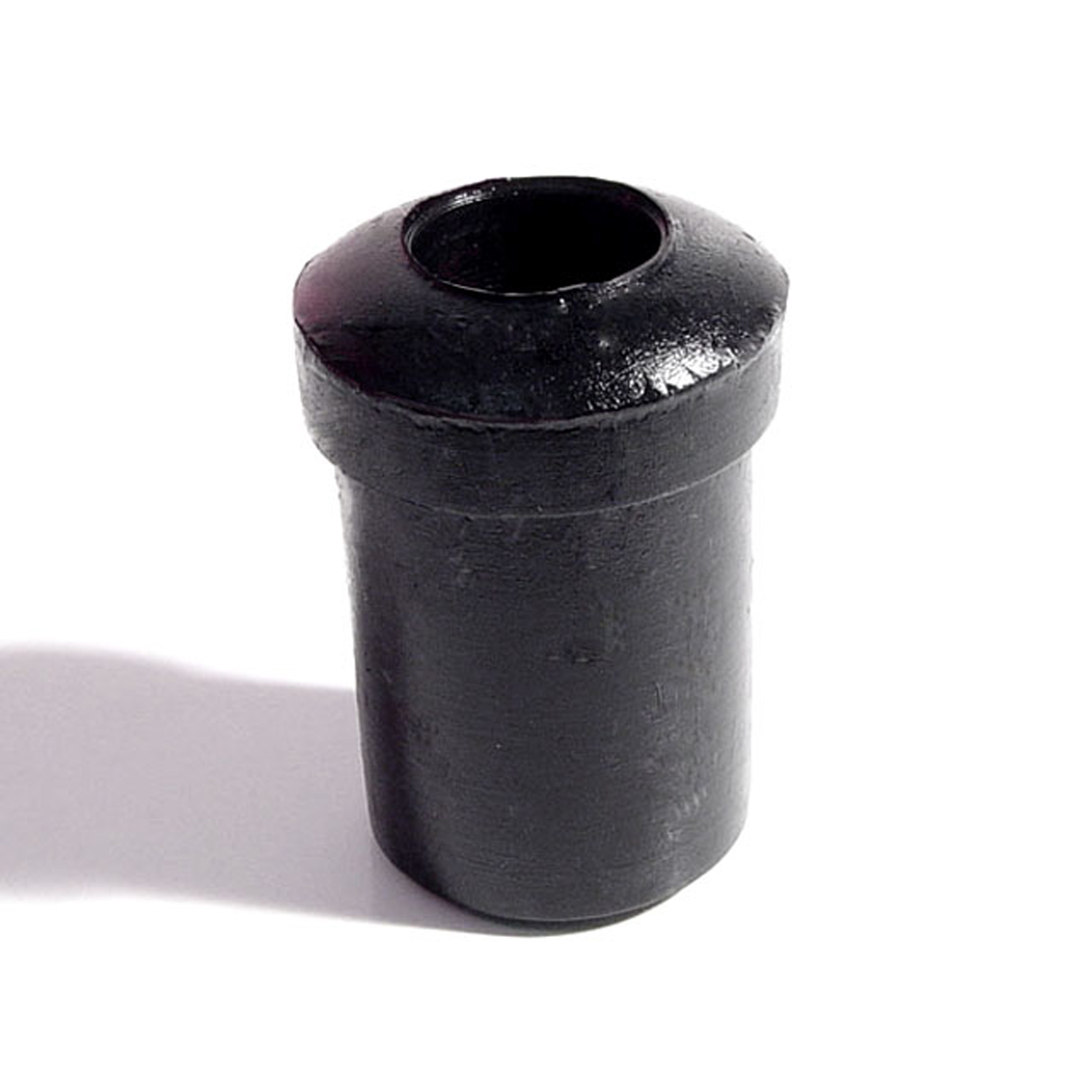 1960 Ford Club Spring and Shackle Bushing. 1" bottom O.D-BN 20Spring and Shackle Bushing. 1" bottom O.D. X 1-5/8" high, with 9/16" I.D. Each
1960 Ford Club Spring and Shackle Bushing. 1" bottom O.D-BN 20Spring and Shackle Bushing. 1" bottom O.D. X 1-5/8" high, with 9/16" I.D. Each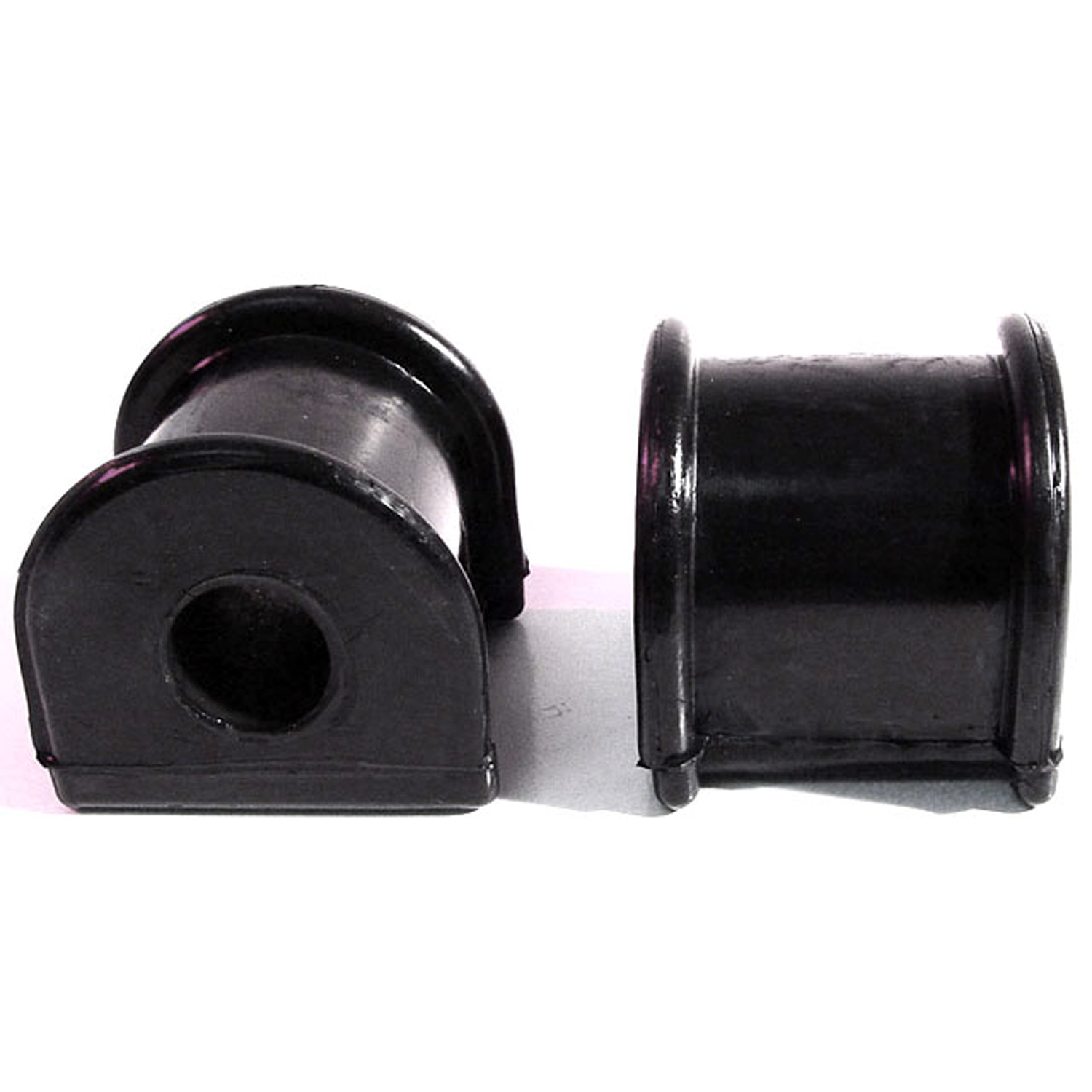 1960 Ford Club Front Stabilizer Bar Bushings. Made of hard rubber-BN 32-BFront Stabilizer Bar Bushings. Made of hard rubber. 1-5/8" long X 1-7/8" wide X 1-5/8" high. Pair
1960 Ford Club Front Stabilizer Bar Bushings. Made of hard rubber-BN 32-BFront Stabilizer Bar Bushings. Made of hard rubber. 1-5/8" long X 1-7/8" wide X 1-5/8" high. Pair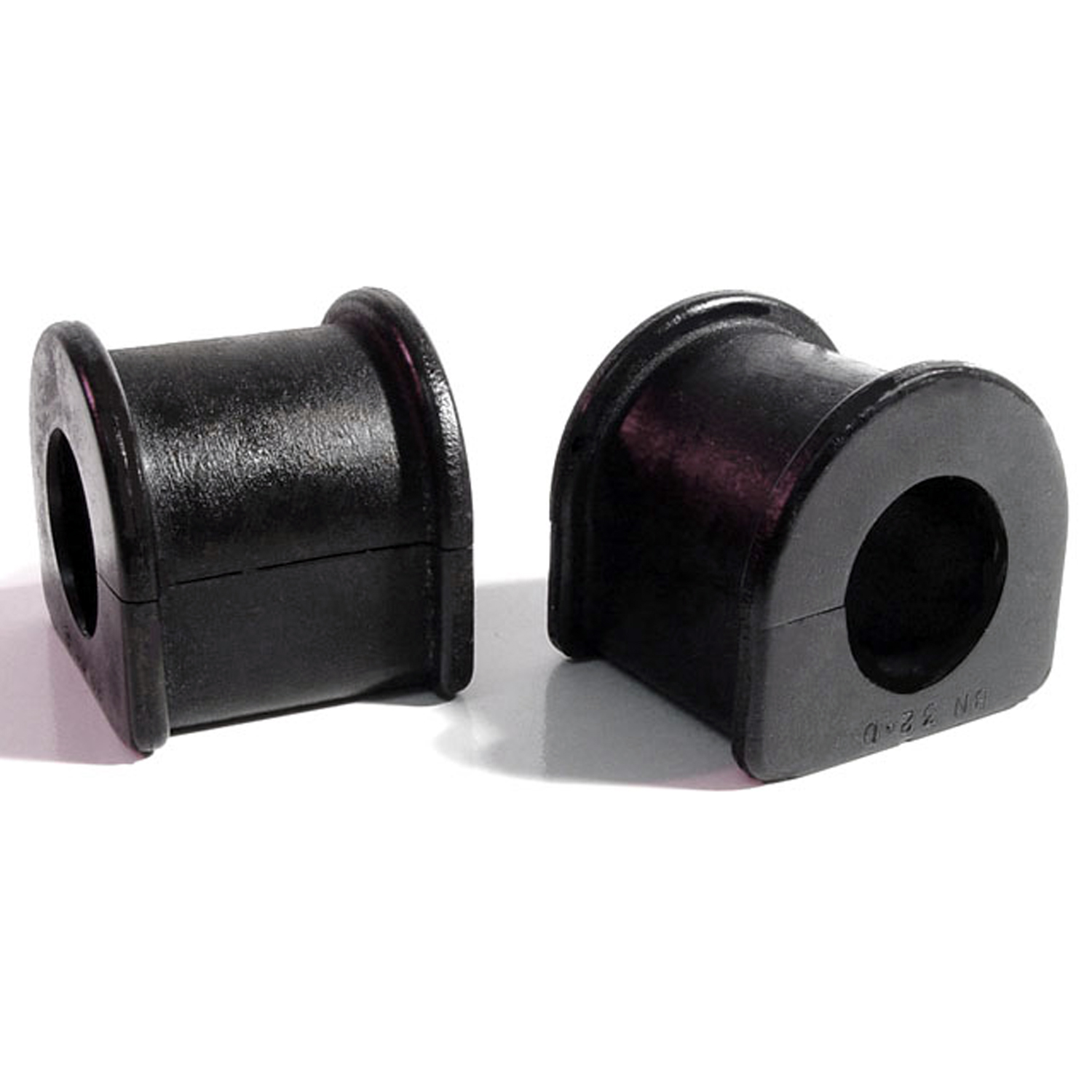 1960 Ford Club Stabilizer Bar Bushings-BN 32-DStabilizer Bar Bushings. 1-9/16" long X 1-1/2" wide X 1-5/8" high, 15/16" I.D. Pair
1960 Ford Club Stabilizer Bar Bushings-BN 32-DStabilizer Bar Bushings. 1-9/16" long X 1-1/2" wide X 1-5/8" high, 15/16" I.D. Pair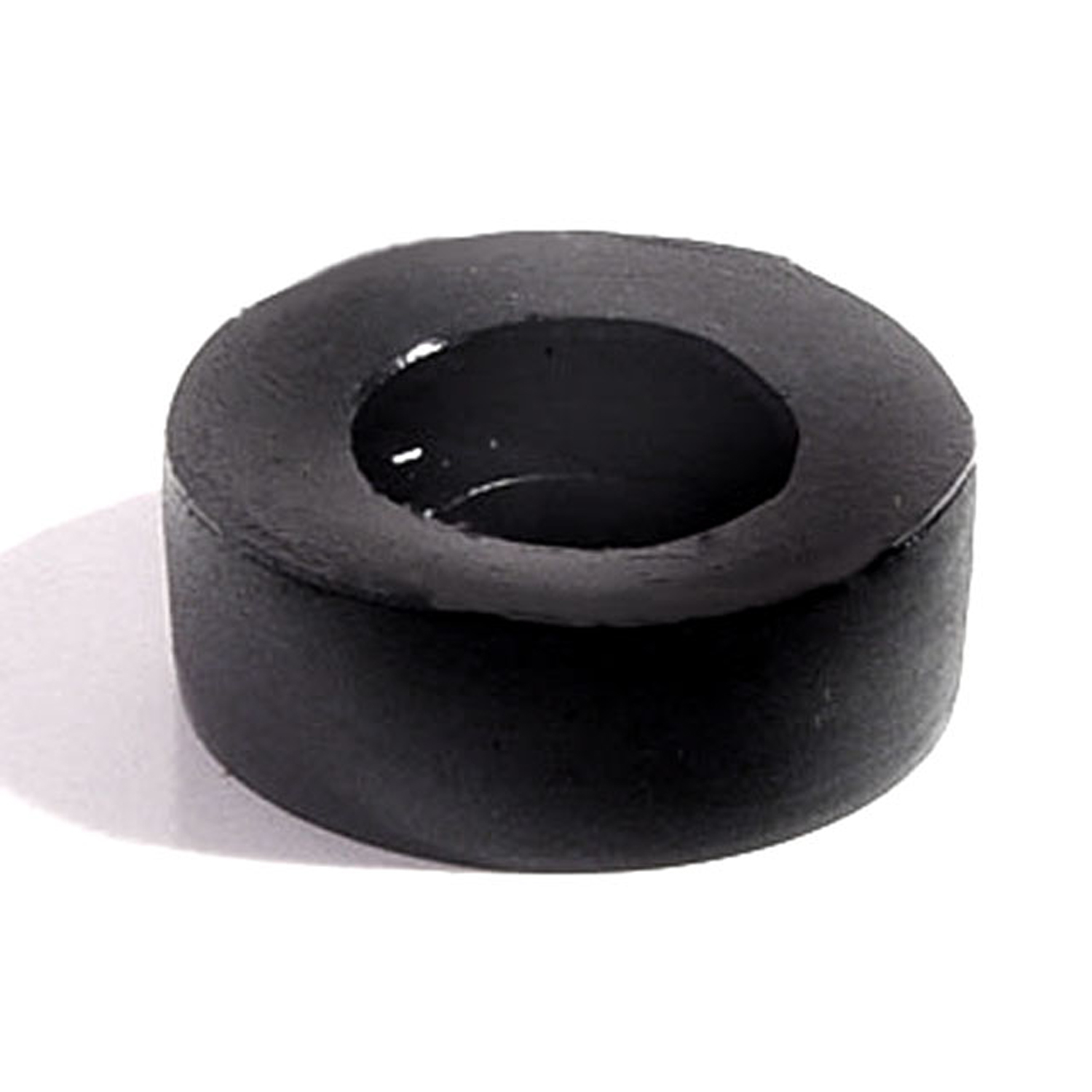 1960 Ford Club Door, Hood and Trunk Bumper Cap for adjustment bolt-HA 6Door, Hood and Trunk Bumper Cap for adjustment bolt. 1-1/16" O.D. X 1/2" I.D. X 7/16" thick. Each
1960 Ford Club Door, Hood and Trunk Bumper Cap for adjustment bolt-HA 6Door, Hood and Trunk Bumper Cap for adjustment bolt. 1-1/16" O.D. X 1/2" I.D. X 7/16" thick. Each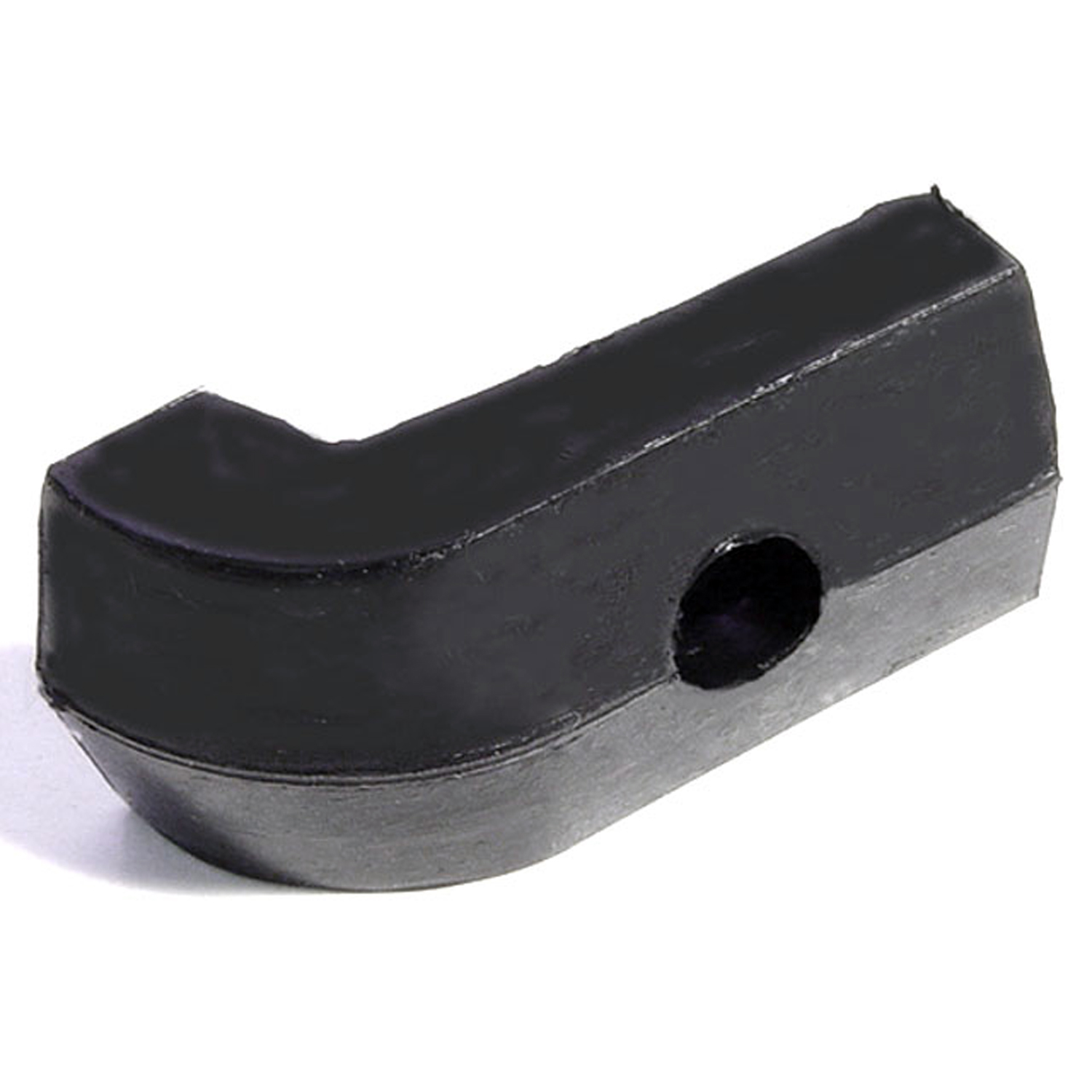 1960 Ford Club Hood Bumper. Made with steel core. Held by screw. Each-HF 40Hood Bumper. Made with steel core. Held by screw. Each
1960 Ford Club Hood Bumper. Made with steel core. Held by screw. Each-HF 40Hood Bumper. Made with steel core. Held by screw. Each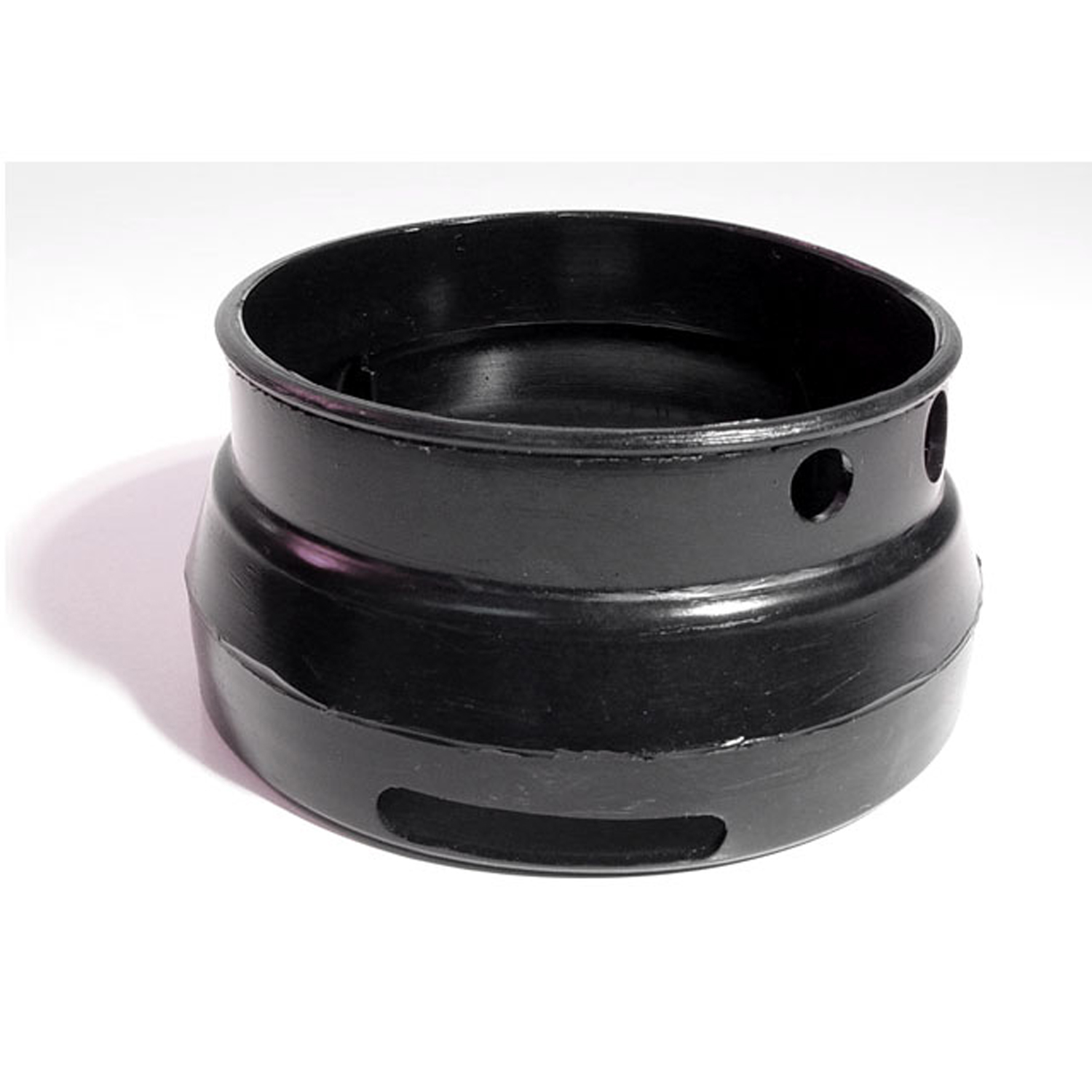 1960 Ford Club Generator Boot. Replaces OEM #C1AZ10170B-RP 2-FGenerator Boot. Replaces OEM #C1AZ10170B. Note: Notch may have to be cut by purchaser. Each
1960 Ford Club Generator Boot. Replaces OEM #C1AZ10170B-RP 2-FGenerator Boot. Replaces OEM #C1AZ10170B. Note: Notch may have to be cut by purchaser. Each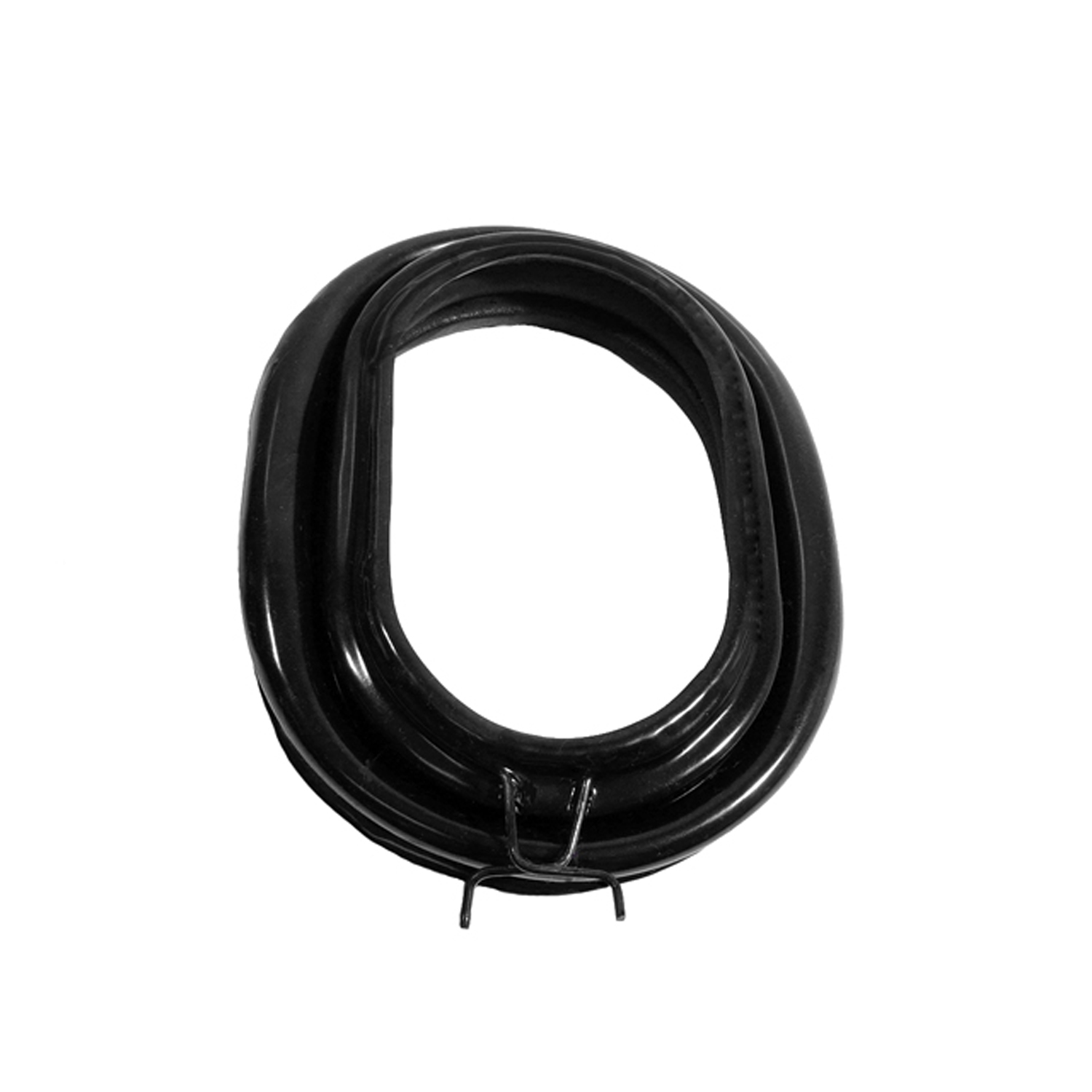 1960 Ford Club Inlet Box Bellows. Fresh air duct to heater-RP 300-HInlet Box Bellows. Fresh air duct to heater. Made of PVC with lower steel core and wire clamp. 7" wide X 9-1/4" long. Each
1960 Ford Club Inlet Box Bellows. Fresh air duct to heater-RP 300-HInlet Box Bellows. Fresh air duct to heater. Made of PVC with lower steel core and wire clamp. 7" wide X 9-1/4" long. Each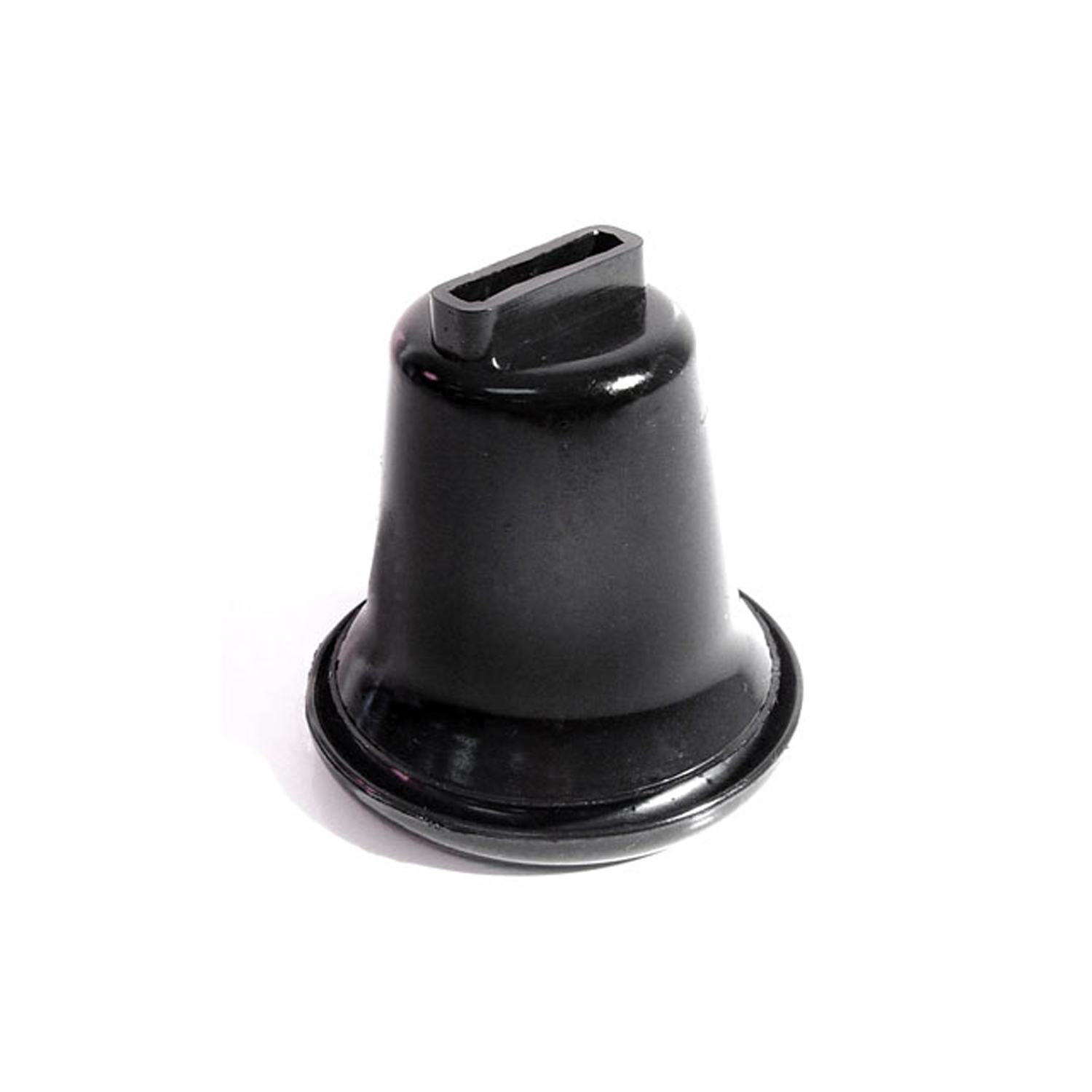 1960 Ford Club Brake Booster Boot. Each-RP 32-AABrake Booster Boot. Each
1960 Ford Club Brake Booster Boot. Each-RP 32-AABrake Booster Boot. Each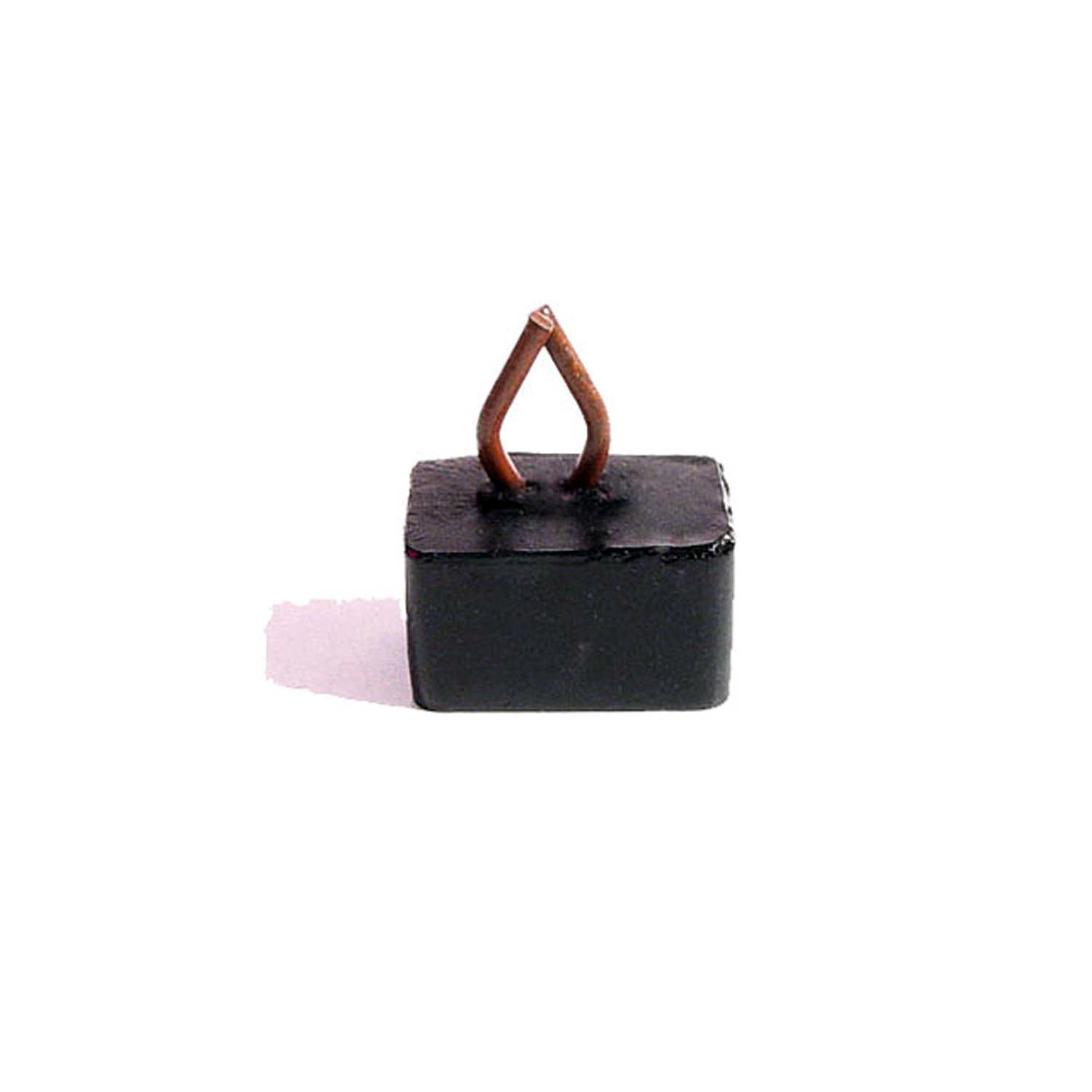 1960 Ford Club Hood Bumper. Snap-in wire base like original. Each-SB 89-AHood Bumper. Snap-in wire base like original. Each
1960 Ford Club Hood Bumper. Snap-in wire base like original. Each-SB 89-AHood Bumper. Snap-in wire base like original. Each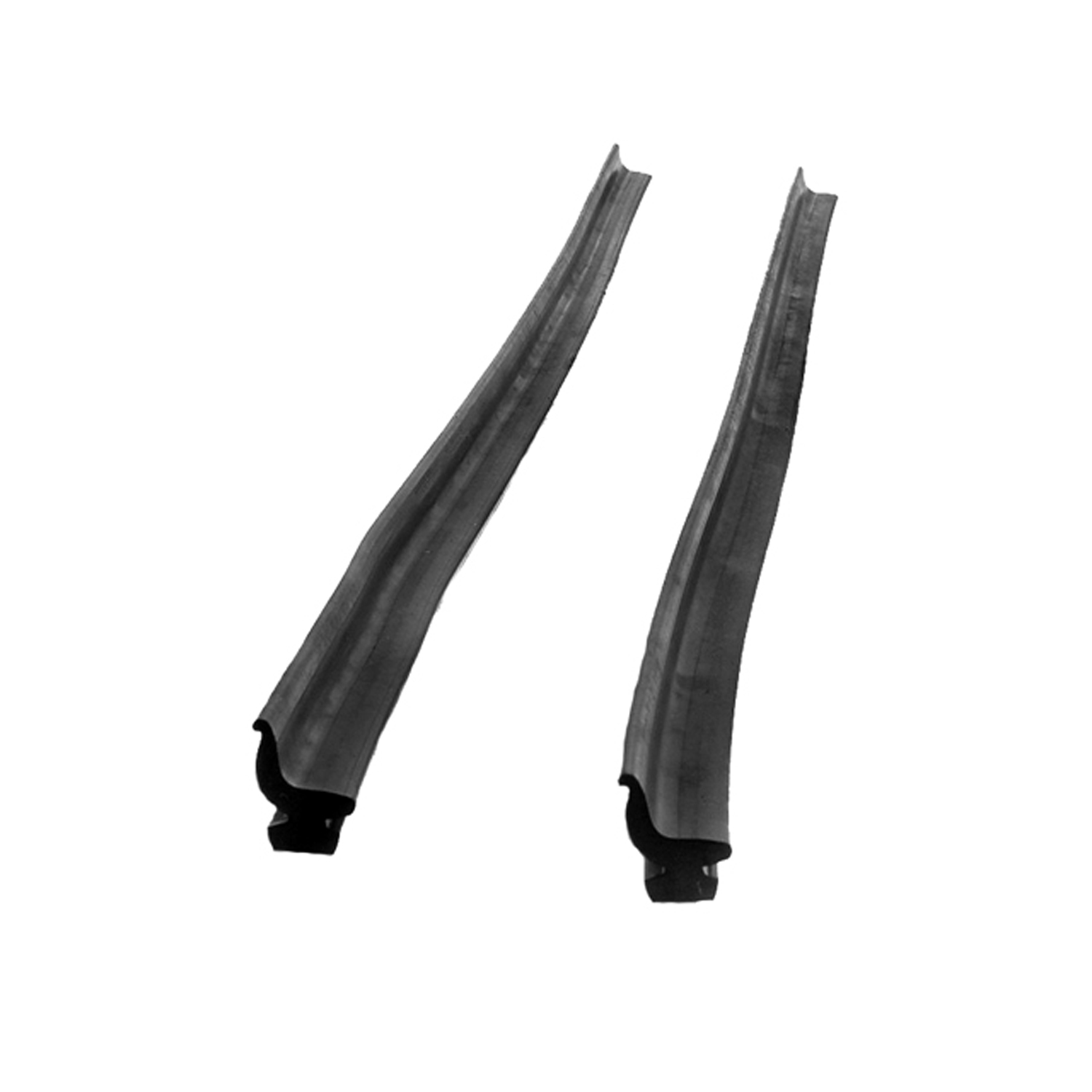 1960 Ford Club Rear roll-up Seal. Two 18" sections sliced into metal track-VS 4Rear roll-up Seal. Two 18" sections sliced into metal track. this foot with no steel insert. Pair
1960 Ford Club Rear roll-up Seal. Two 18" sections sliced into metal track-VS 4Rear roll-up Seal. Two 18" sections sliced into metal track. this foot with no steel insert. Pair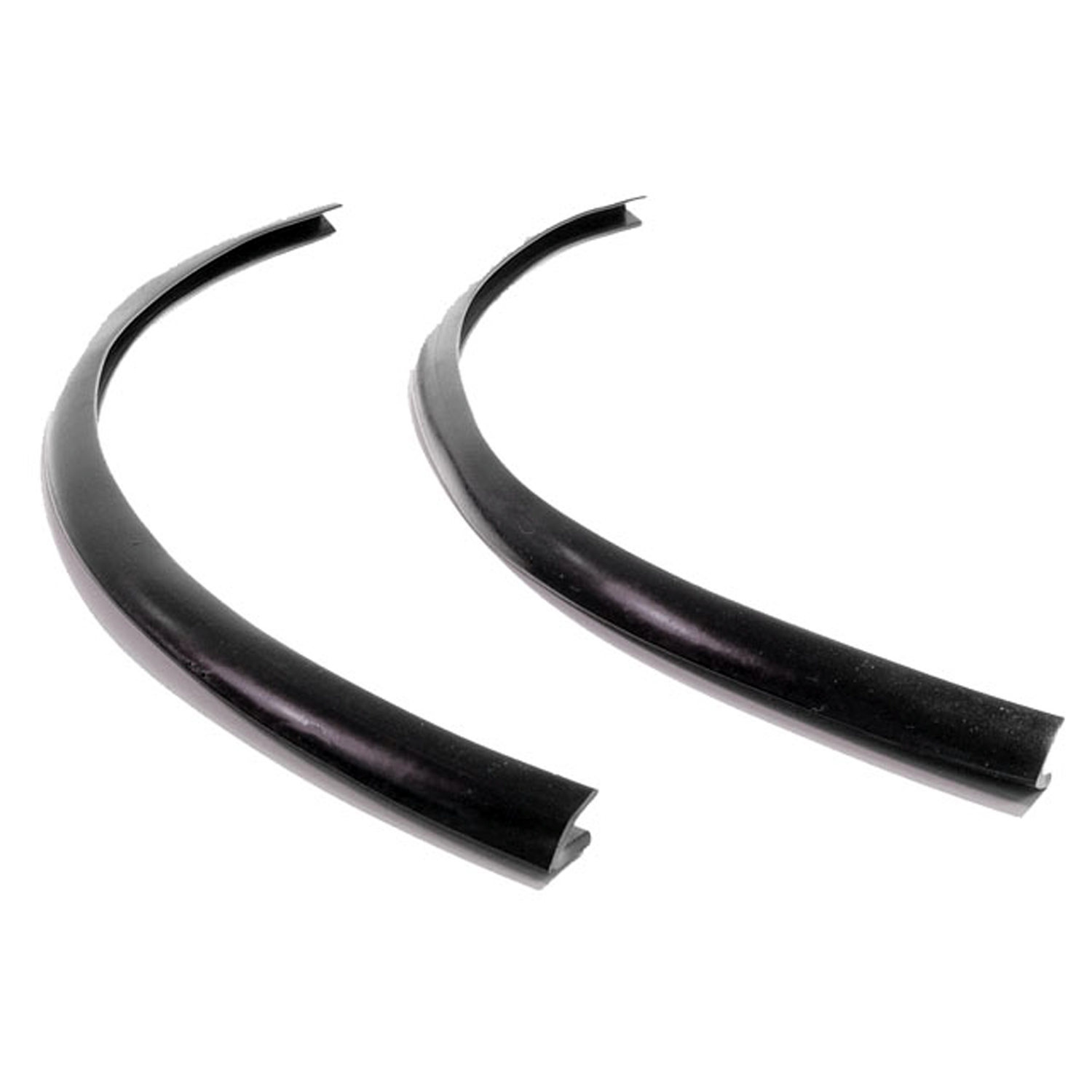 1960 Ford Club Vertical Seals for Vent Window. Each piece is 17" long-VS 6Vertical Seals for Vent Window. Each piece is 17" long. Pair
1960 Ford Club Vertical Seals for Vent Window. Each piece is 17" long-VS 6Vertical Seals for Vent Window. Each piece is 17" long. Pair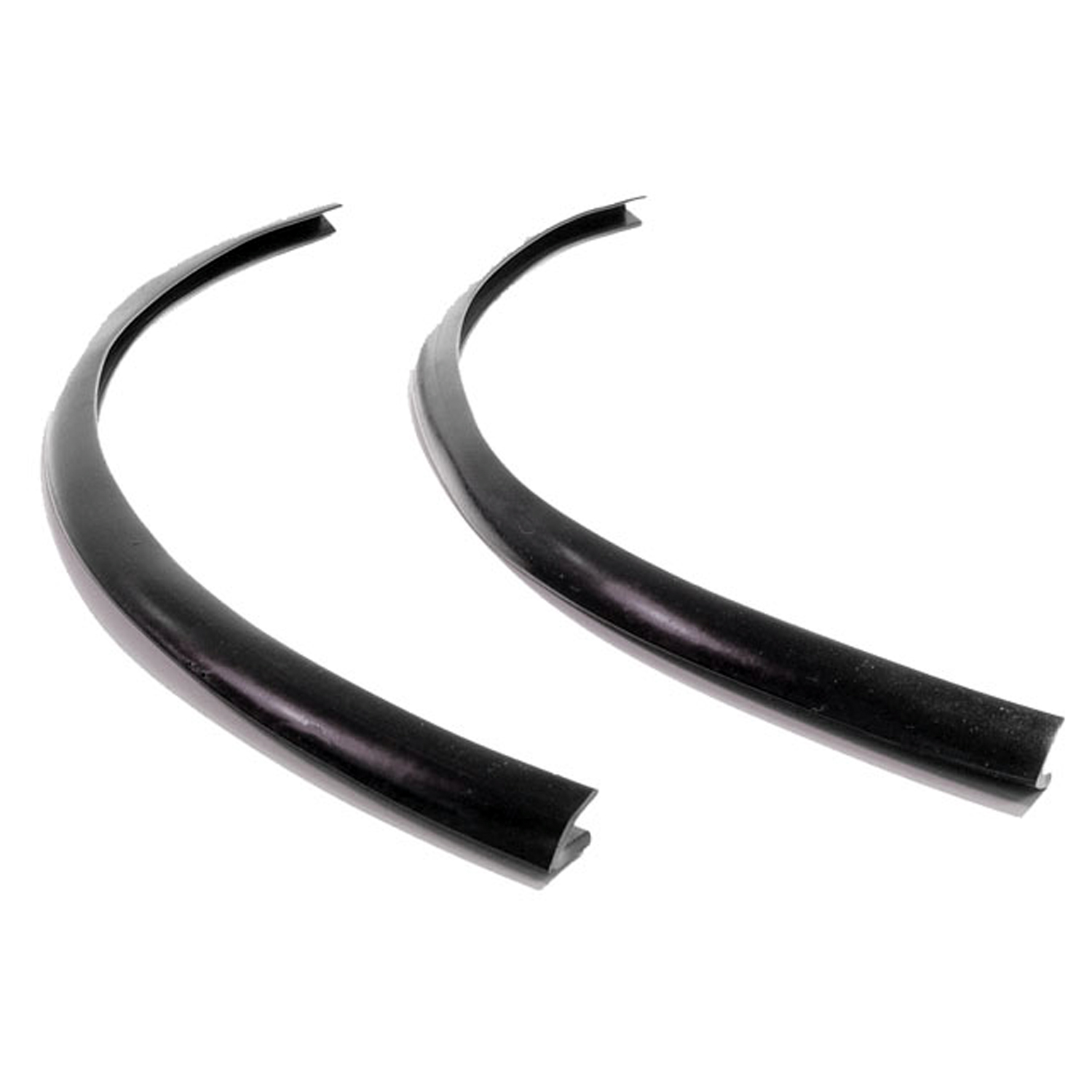 1960 Ford Club Vertical Seal for Vent Window. Sold by the foot.-VS 6/FTVertical Seal for Vent Window. Sold by the foot.
1960 Ford Club Vertical Seal for Vent Window. Sold by the foot.-VS 6/FTVertical Seal for Vent Window. Sold by the foot.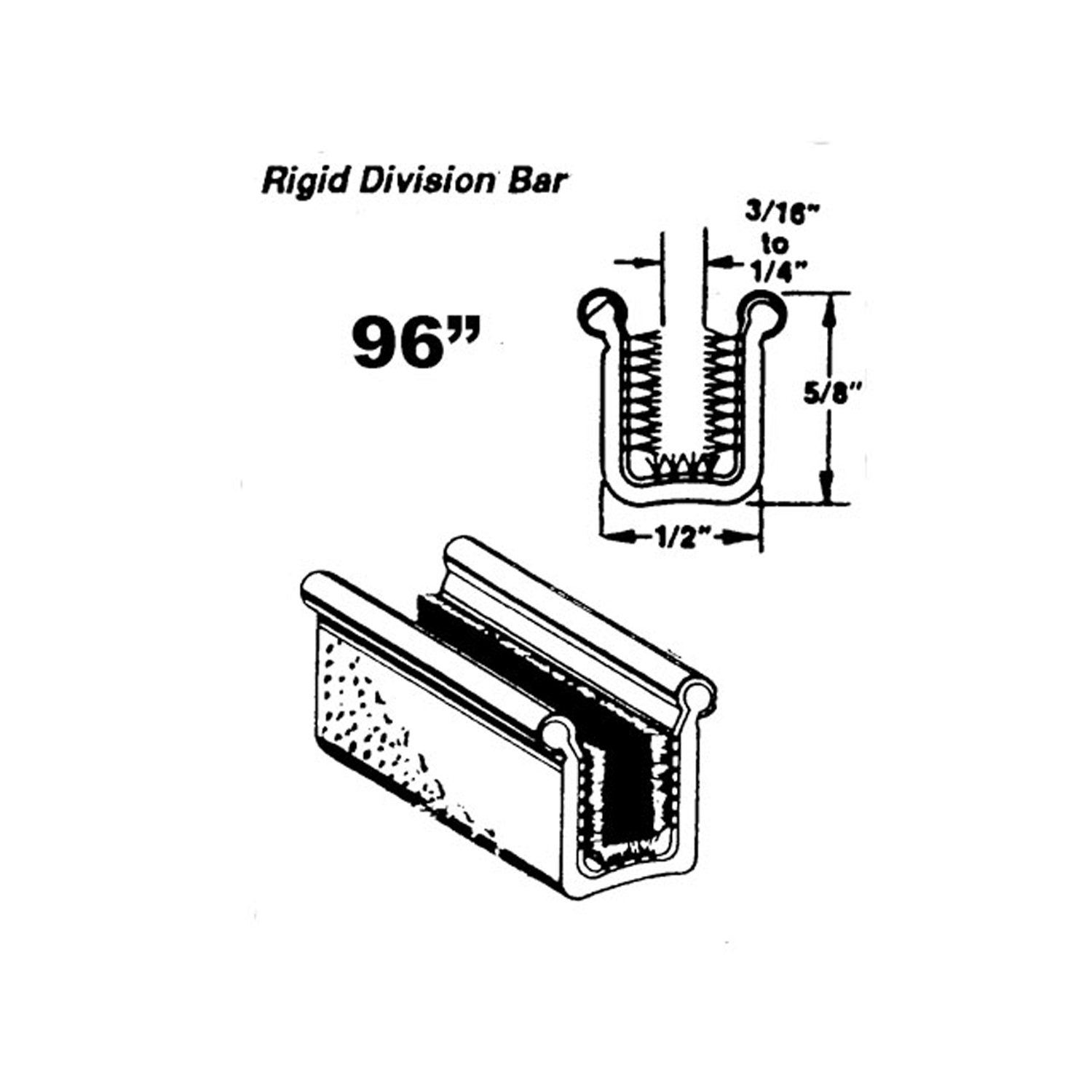 1960 Ford Club Rigid division-bar channel-WC 28-96Rigid division-bar channel. Made with stainless steel bead, heavy steel core and pile lining. 96 in. long. Each. NOTE: $20 special shipping charge applies for domestic orders. Call or email for overseas shipping costs. Part can be sectioned in two or three equal lengths to reduce overseas shipping costs.
1960 Ford Club Rigid division-bar channel-WC 28-96Rigid division-bar channel. Made with stainless steel bead, heavy steel core and pile lining. 96 in. long. Each. NOTE: $20 special shipping charge applies for domestic orders. Call or email for overseas shipping costs. Part can be sectioned in two or three equal lengths to reduce overseas shipping costs.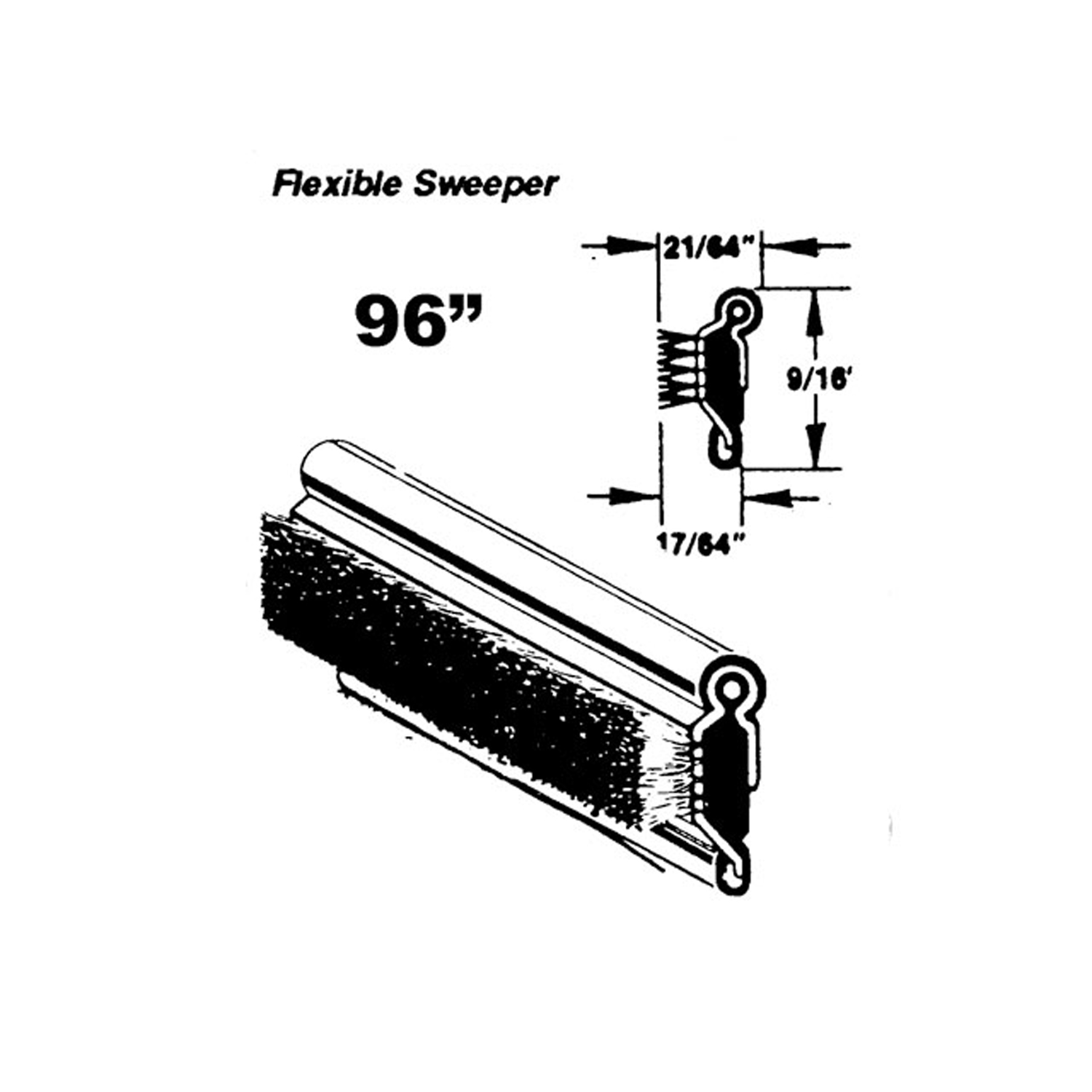 1960 Ford Club Flexible window sweeper. Made with stainless steel bead-WC 7-96Flexible window sweeper. Made with stainless steel bead. 96 in. long. Each. NOTE: $20 special shipping charge applies for domestic orders. Call or email for overseas shipping costs. Part can be sectioned in two or three equal lengths to reduce overseas shipping costs.
1960 Ford Club Flexible window sweeper. Made with stainless steel bead-WC 7-96Flexible window sweeper. Made with stainless steel bead. 96 in. long. Each. NOTE: $20 special shipping charge applies for domestic orders. Call or email for overseas shipping costs. Part can be sectioned in two or three equal lengths to reduce overseas shipping costs.Why Choose Metro?
For over 100 years, Metro Moulded Parts has been the pinnacle of quality in classic car restoration parts. Our commitment to precision and authenticity in every component ensures a perfect fit and an OEM-level appearance.
- Expert Craftsmanship & Quality: Each part is a testament to our dedication to reliability and perfection, crafted from original designs and thoroughly tested.
- Advanced Technology: We use cutting-edge techniques to create flawless, long-lasting parts that surpass others in performance.
- SuperSoft Sponge – The Ultimate Door Seal: Not only are our door seals 30% softer than competitors', but they're also guaranteed to never leak. They effectively reduce wind and road noise, enhancing your classic car's comfort and driving experience.
- Proudly American: Our parts are a product of American craftsmanship, made in the USA with a spirit of excellence and heritage.
- Unrivaled Warranty: We back our products with a 30-year industry-leading warranty, a testament to our confidence in their quality.
Join us in preserving the legacy of classic cars with parts that are crafted for perfection, not just made.

